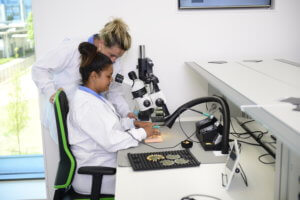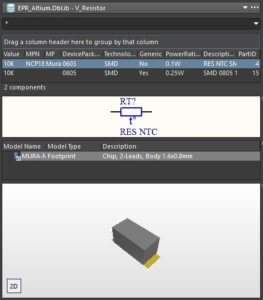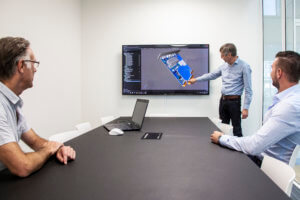Nanotechnology in electronics: an advance towards mo(o)re
Most of us roughly know the history of electronics through the years. In the early days large components like electron tubes and paper in wax capacitors were used. This changed up to the point where we got used to integrated circuits with incredible amounts of transistors inside, stacked ceramic capacitors, flex-rigid PCBs and many other […]









